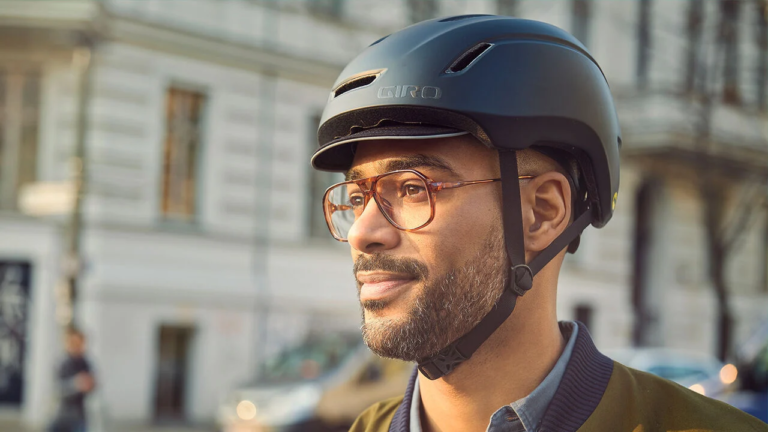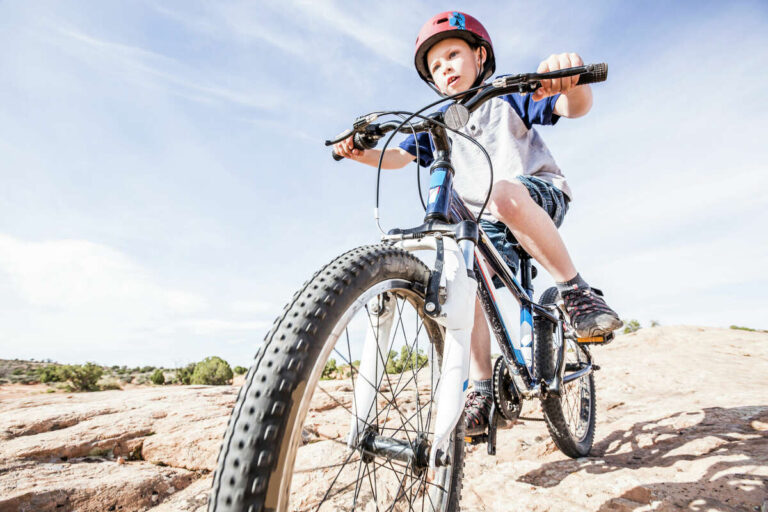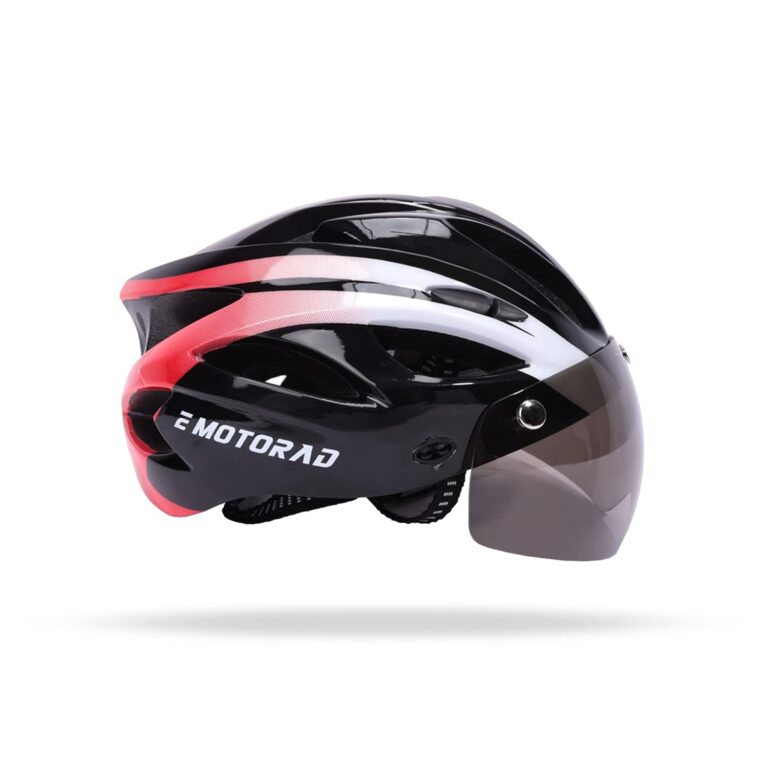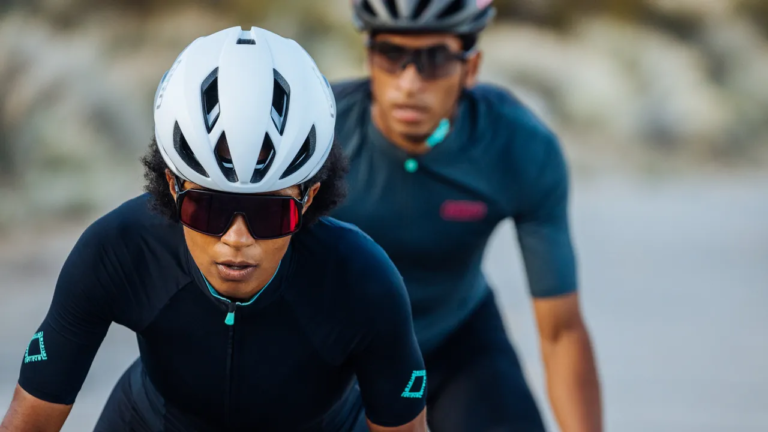Helmet Ear Protection for Gravel Biking
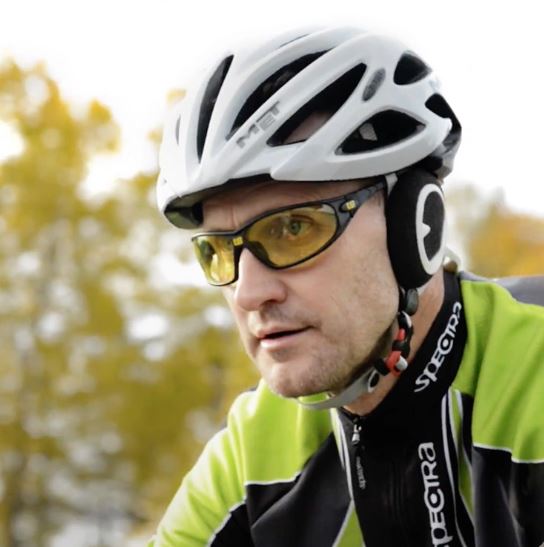
Key Point Summary of Helmet Ear Protection for Gravel Biking:
- Ear Protection Benefits: Reduces wind noise, protects against debris, and helps prevent ear fatigue on long rides.
- Helmet Accessories for Ear Protection: Options include built-in ear covers, attachable ear pads, and wind-blocking stickers.
- Gravel Biking Safety: Beyond protection from the elements, ear protection contributes to overall safety by allowing better focus and reducing the risk of hearing damage.
- Choosing the Right Ear Protection: Consider factors like comfort, breathability, and compatibility with your helmet and sunglasses.
As a masters cyclist with a wealth of experience across various disciplines, including mountain biking, gravel biking, and cyclocross, I’ve come to recognize the importance of every piece of gear, no matter how small it might seem. One often overlooked aspect of cycling comfort and safety is ear protection, particularly relevant to gravel biking. Let’s dive into why helmet ear protection is a game-changer for gravel biking and how it can improve your riding experience.
The Significance of Ear Protection
Gravel biking takes you through varied terrains, from quiet country roads to windy open plains. One constant, however, is the wind. At first, the rush of air can seem like a minor nuisance, but over hours of riding, it can lead to significant ear fatigue and discomfort. Wind noise not only distracts but can also dampen your ability to hear approaching vehicles, wildlife, or fellow cyclists. This is where helmet ear protection comes into play, offering a shield against the relentless gusts and the noise they bring.
Exploring Helmet Accessories for Ear Protection
There are several solutions for cyclists looking to mitigate the effects of wind and noise without compromising on safety or comfort. Some helmets come with built-in ear covers, designed to offer warmth in colder conditions while also cutting down on wind noise. For helmets without this feature, attachable ear pads are available, providing a customizable option for ear protection. Another innovative solution is wind-blocking stickers, which can be applied to the straps of your helmet to disrupt wind flow and reduce noise.
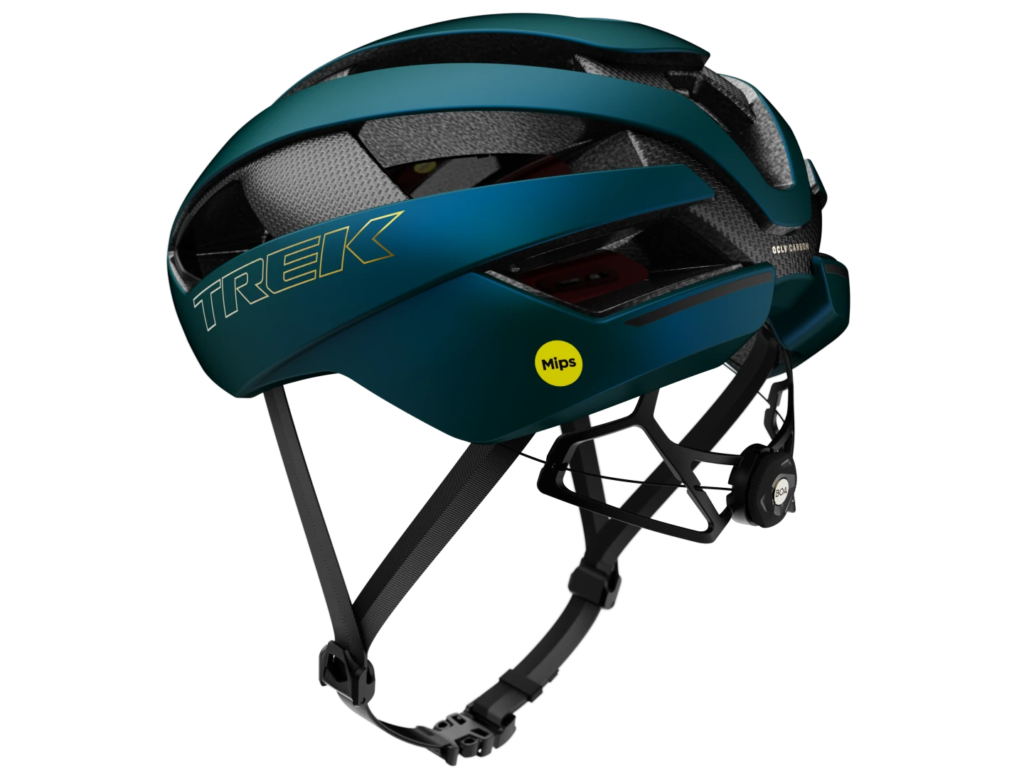
The Safety Aspect
While the comfort benefits are clear, it’s important to highlight the safety implications as well. By reducing wind noise, cyclists can maintain a higher level of situational awareness, hearing oncoming traffic or the calls of fellow riders more clearly. Additionally, prolonged exposure to wind noise can lead to hearing damage over time; thus, ear protection serves as a preventive measure.
Choosing the Right Ear Protection
Consider the following:
- Comfort: Ensure it does not cause discomfort, especially on long rides. It should fit snugly without applying excessive pressure.
- Breathability: Allows for ventilation to prevent overheating and discomfort during warmer rides.
- Compatibility: Check if it works well with your helmet’s fit and design, as well as with any sunglasses or cycling caps you wear.
Find Your Pairing
When selecting a gravel bike helmet with ear protection, the focus is often on finding a helmet that either includes built-in features or is compatible with aftermarket accessories. Here are five gravel bike helmet models and their pairing ear protection options, designed to enhance comfort, safety, and performance on your rides:
- Giro Syntax MIPS
- Ear Protection Pairing: Giro Winter Ear Pads
- The Syntax MIPS is known for its sleek design and comprehensive protection. Pair it with Giro’s winter ear pads for added warmth and wind protection during colder rides.
- Specialized Prevail II Vent
- Ear Protection Pairing: Specialized Warmer Ear Covers
- This helmet offers excellent ventilation and lightweight performance. Specialized’s warmer ear covers can be used to shield against wind and cold without compromising on comfort.
- POC Ventral Air Spin
- Ear Protection Pairing: POC Ear Pads
- The Ventral Air Spin emphasizes aerodynamics and cooling airflow. POC’s own ear pads can be attached to provide protection from wind noise while maintaining the helmet’s ventilating capabilities.
- Bontrager Velocis MIPS
- Ear Protection Pairing: Bontrager Windshell Ear Covers
- The Velocis MIPS helmet is designed for both road and gravel riding, offering a balance of safety and comfort. Bontrager’s Windshell ear covers complement this helmet perfectly for rides in chillier conditions, offering wind protection and thermal insulation.
- Lazer Z1 MIPS
- Ear Protection Pairing: Lazer Z1 Winter Earpad Set
- Known for its lightweight and comfortable fit, the Z1 MIPS can be fitted with Lazer’s winter earpad set, designed to fit seamlessly with the helmet for enhanced protection against the cold and wind.
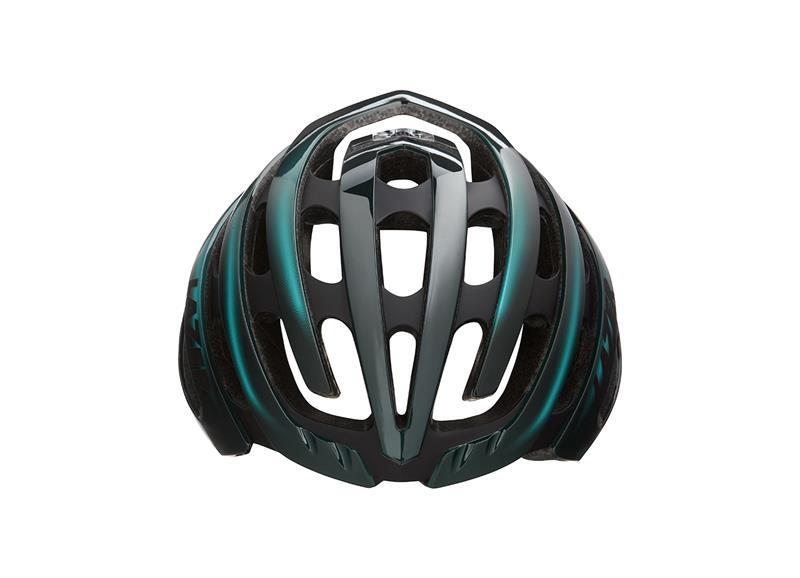
These helmets and their corresponding ear protection accessories provide a range of options for gravel bikers looking to mitigate wind noise and protect against the elements. Whether you’re riding in cold weather or just looking for additional comfort on windy days, these combinations offer effective solutions without sacrificing helmet performance or safety.
Concluding Thoughts
Incorporating ear protection into your gravel biking gear setup can significantly enhance your riding experience. It’s a simple addition that speaks volumes in terms of comfort and safety. As you prepare for your next gravel adventure, consider how the right one could not only improve your focus and enjoyment on the bike but also protect your hearing for years to come. The best gear is the one that allows you to ride longer, safer, and with more pleasure, and fits perfectly into that category.
John
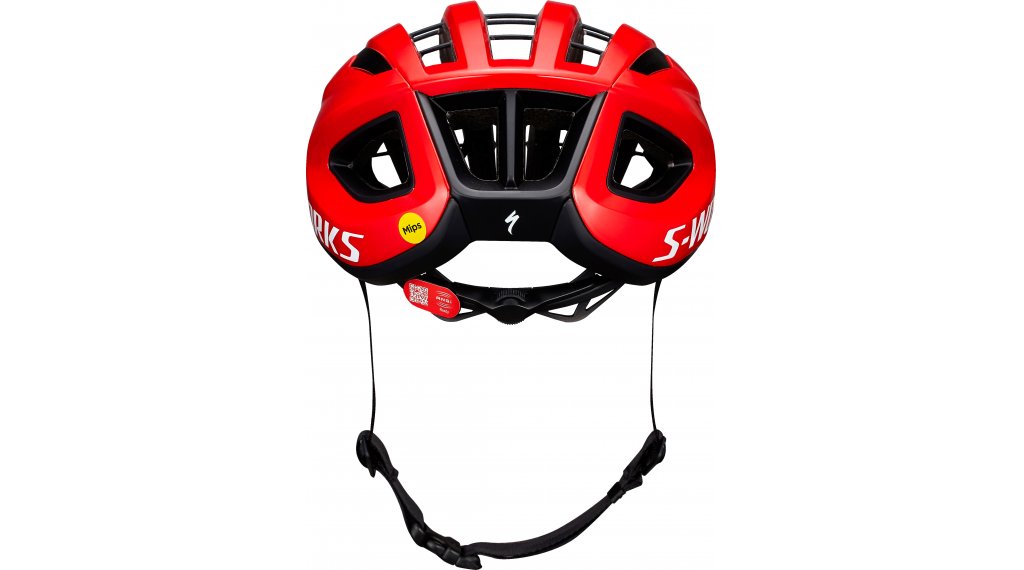
FAQ
What helmet to wear for gravel biking?
For gravel biking, wear a helmet that offers good ventilation, comfort, and coverage, such as the Lazer Z1 or Specialized Prevail III.
How do I protect my ears when cycling?
Protect your ears when cycling by using ear covers, wind-blocking stickers on your helmet straps, or wearing a cycling cap with ear flaps under your helmet.
What to wear under bike helmet to keep ears warm?
To keep your ears warm under a bike helmet, wear a thin thermal cycling cap with ear flaps, a skull cap, or a headband designed for cycling in cold conditions.
How do I choose a gravel helmet?
Choose a gravel helmet by considering factors like ventilation, weight, coverage, the inclusion of MIPS (or similar technology) for added safety, and compatibility with sunglasses and ear protection.

